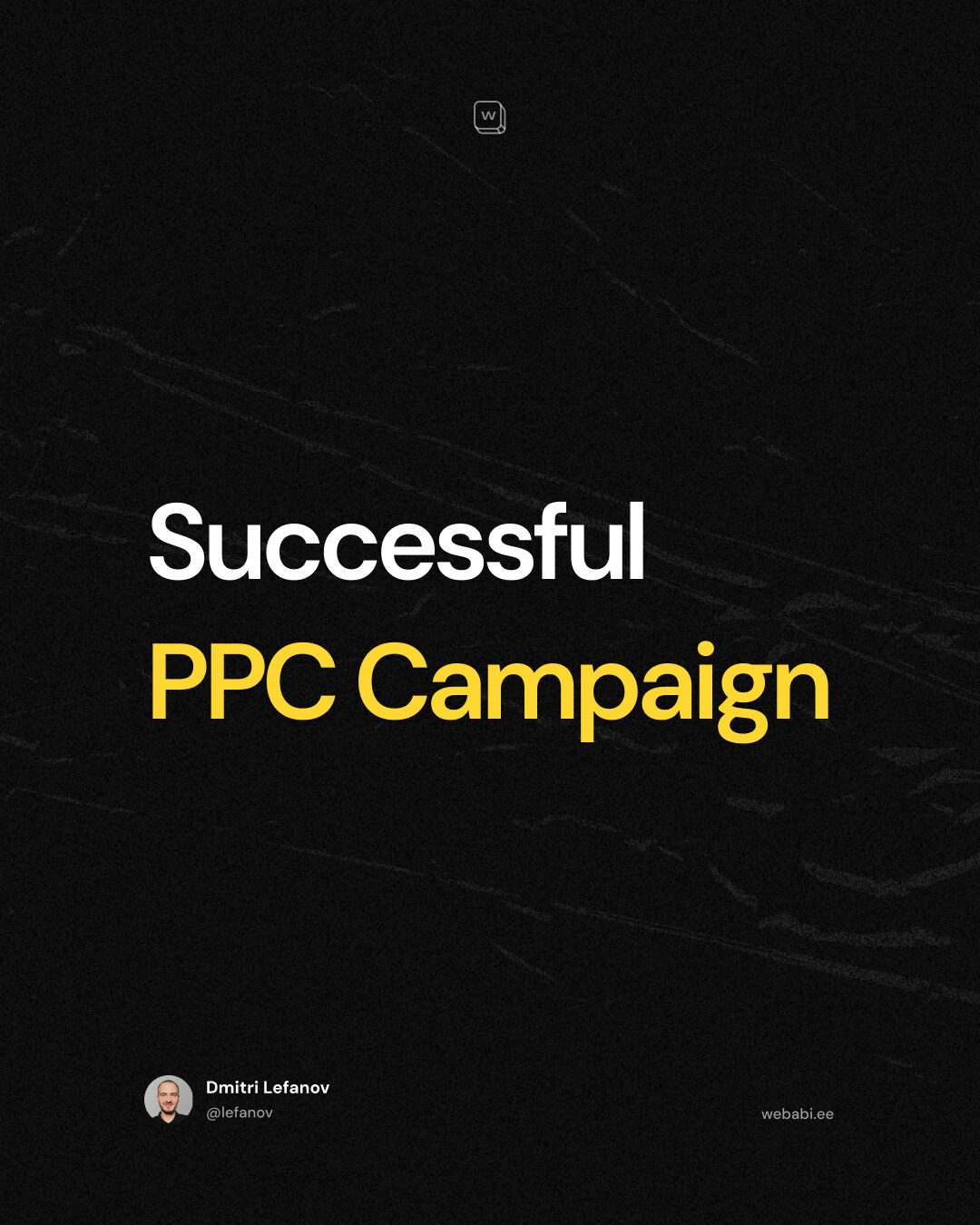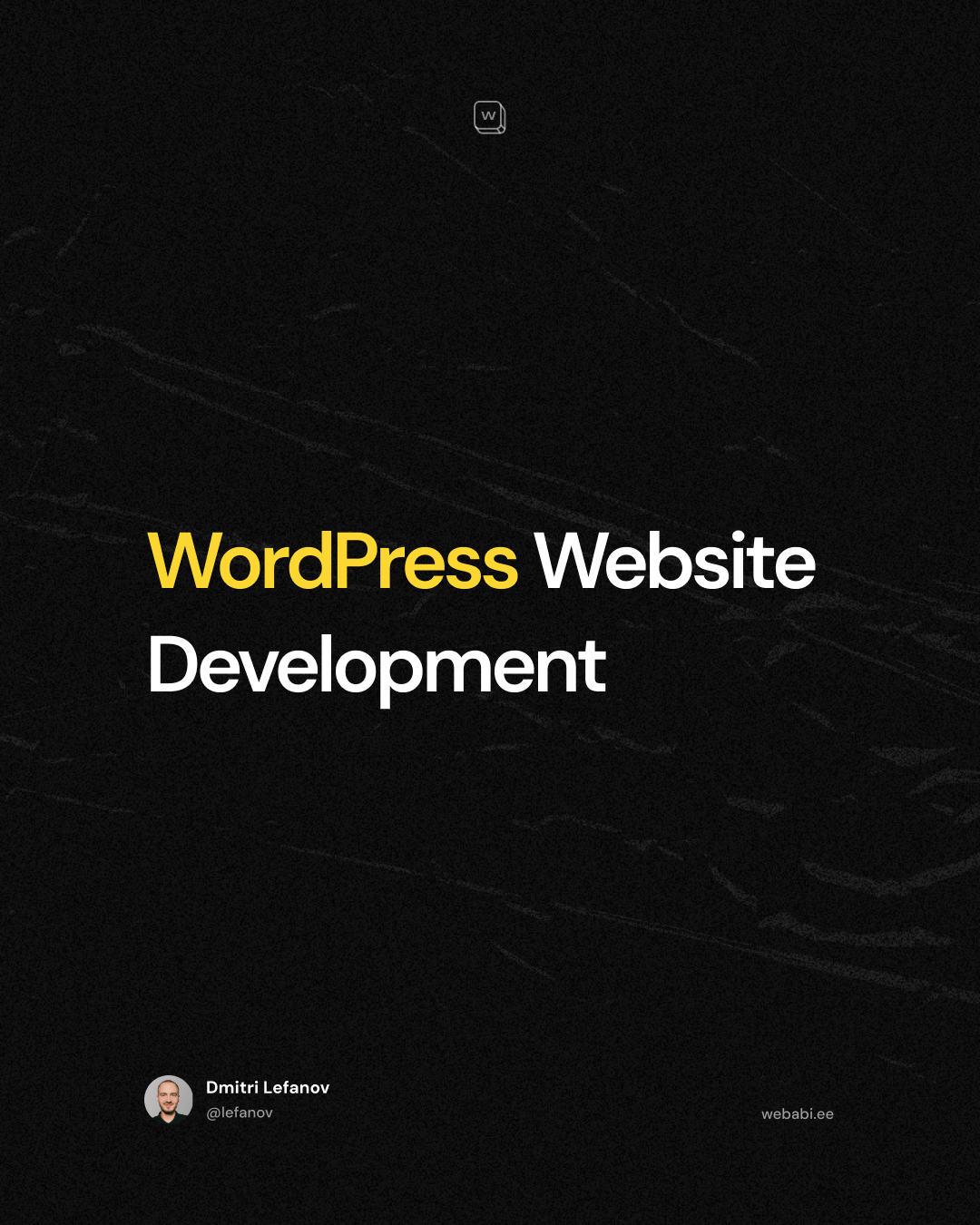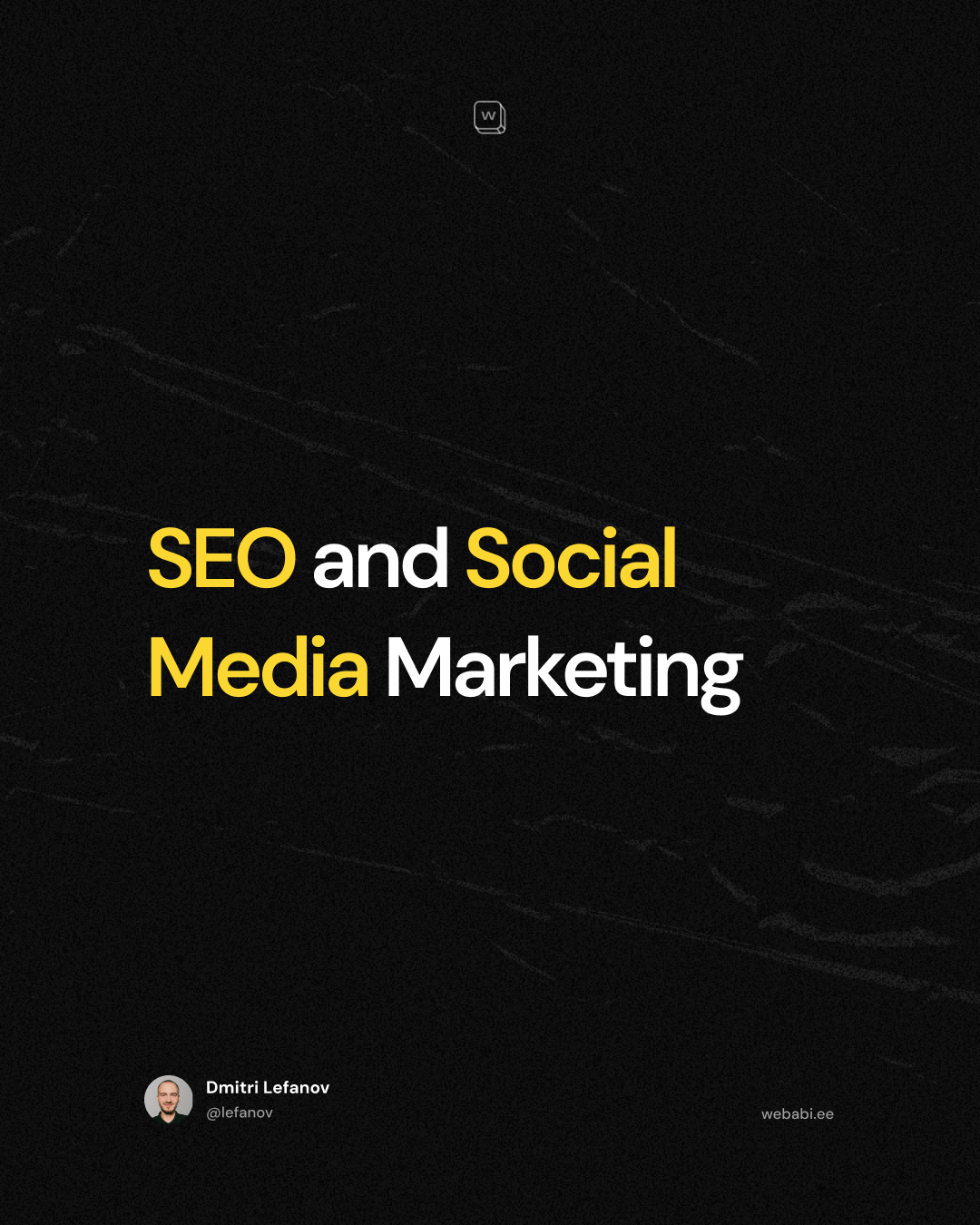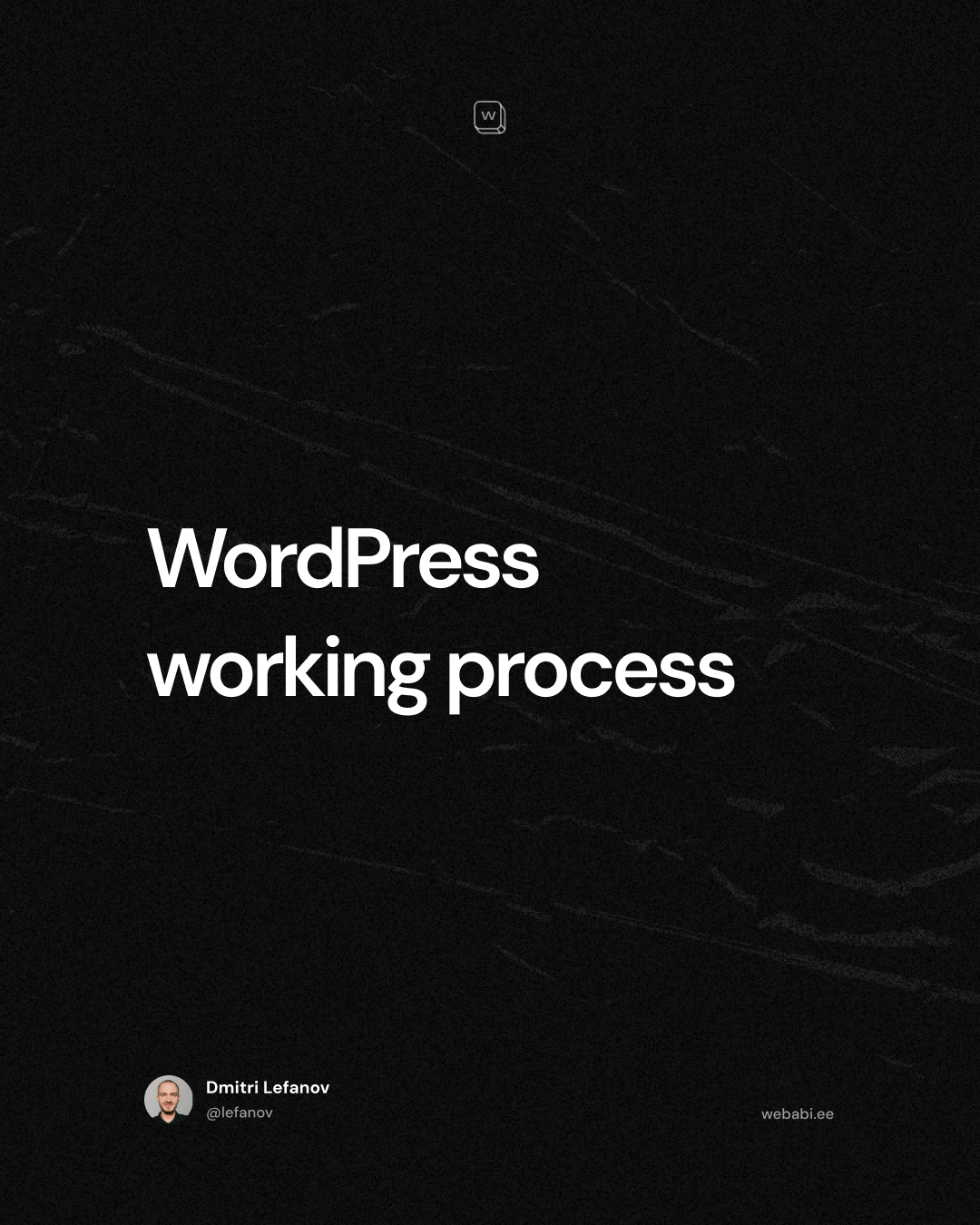Some businesses think all they need is a logo.
As if once that little icon is ready — boom, now they’re a “brand.”
But here’s the truth:
A logo is just a label. A brand is a feeling.
And if you stop at the logo, your brand will never feel like more than a random sticker on a product.
1. So… What Is a Logo Then?
A logo is your name in a box. A visual mark. A shortcut.
But on its own, it doesn’t say:
- What you stand for
- How you make people feel
- What kind of experience they’ll have
- Why they should choose you and not someone else
It’s one element. And it’s only powerful when it’s part of a system — not floating on its own.
2. What Makes a Real Brand, Then?
Let’s keep it simple: A brand is the total perception of your business.
It’s how you look, how you sound, how you feel — and how consistent you are in every single touchpoint.
A real brand system includes:
- Logo + variations
- Typography
- Colours (primary, secondary, background, call-to-action)
- Tone of voice
- Imagery style
- Layout system
- Brand personality
- Guidelines for socials, ads, presentations
In short: a brand identity system (aka brandbook) is the rulebook for making everything you do feel cohesive, professional, and unmistakably you.
3. Why Does It Matter?
Here’s what happens when all you have is a logo:
- Social posts feel disconnected
- Your ads and landing pages look like different businesses
- You burn time figuring out “which font to use this time”
- Your audience forgets you — because there’s nothing to remember
- Your brand feels… DIY
On the flip side, when you have a brandbook, you get:
✅ Faster design process
✅ A professional, unified look across all platforms
✅ Stronger trust
✅ Visual recognizability
✅ Confidence in everything you publish
4. “But I Just Need a Website…”
Exactly. That’s why you need branding.
Your website isn’t just a placeholder — it’s your digital front door.
And people judge fast.
If the colours don’t match. If the style feels generic. If the visuals lack consistency…
They’ll bounce. Or worse — assume you’re low-quality.
Branding creates the feeling of professionalism that no amount of code can fix after the fact.
5. Why It’s Not Just for Big Brands
We hear this a lot:
“We’re just a small team / service provider / shop — we don’t need a full brand identity.”
But here’s the truth:
You don’t need branding if you don’t care about how you’re perceived.
But if you want to:
- Charge more
- Attract higher-quality leads
- Look serious
- Be remembered
- Scale efficiently
Then branding isn’t a luxury. It’s leverage.
6. What Happens When You Don’t Have a System?
We’ve worked with clients who only had a logo.
Every time they needed a landing page, a new ad banner, or a quick social post —
they’d reinvent the wheel. Pick new fonts. Test new colours. Guess again.
No brand. Just visual chaos.
Once we built them a brand identity system (based on their business goals and audience),
everything got easier:
→ Designers worked faster
→ Ads felt like part of the same world
→ Website redesign made sense
→ Clients started saying: “You guys look way more serious now.”
7. Website Design ≠ Branding (But Without Branding, Design Falls Apart)
You can have the best developer, use the most powerful CMS like WordPress or Webflow,
and still end up with a site that looks like 10 different people worked on it.
Because without a clear brand identity, design becomes guesswork.
Good websites are built on top of solid branding — not before it.
8. So When Do You Actually Need Branding?
Here’s the short list:
- You’re active on more than one platform (website + socials + ads)
- You want to grow and scale
- You want to delegate design without micro-managing
- You care about how people perceive your business
- You’re tired of reinventing your brand on every new visual
Then yes — it’s time to build a proper identity system.
🔄 Summary
A logo might be step one. But branding is the thing that holds everything together.
And if you want to build a business that people trust, remember, and buy from —
you need more than just a label.



